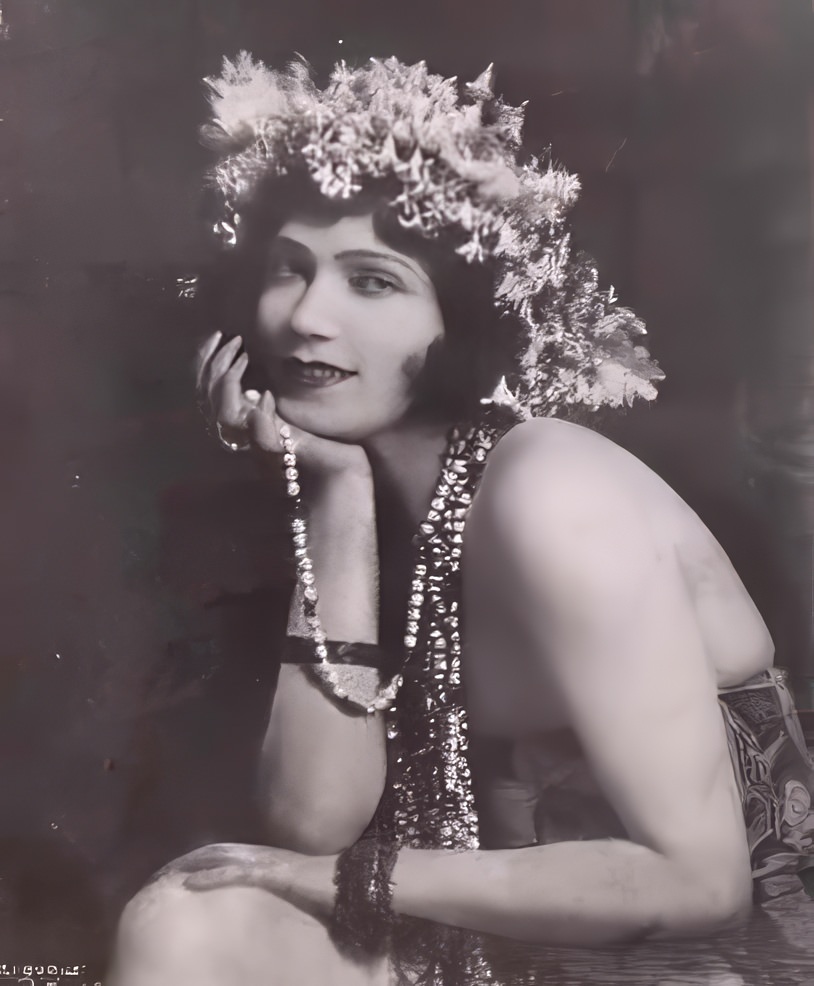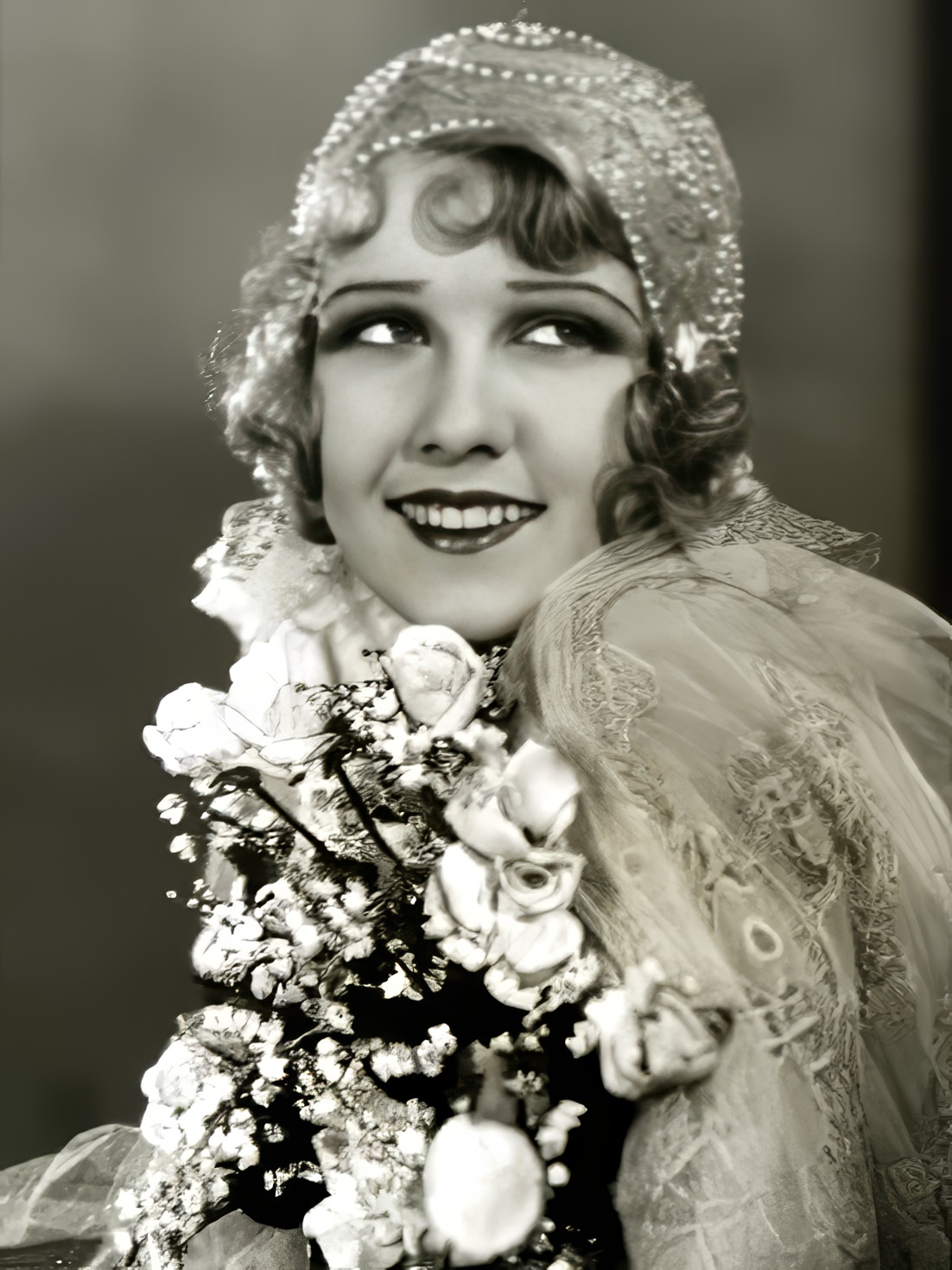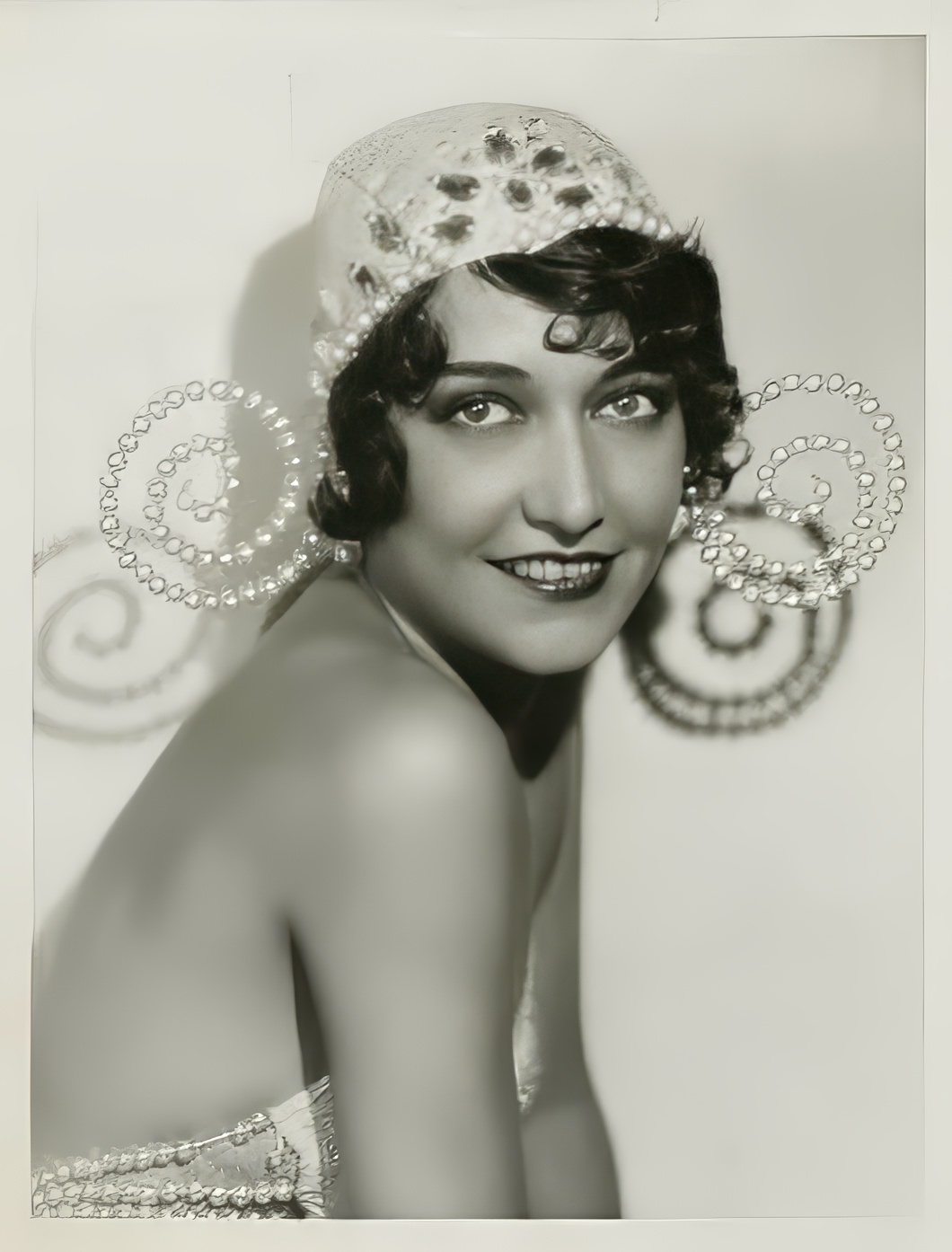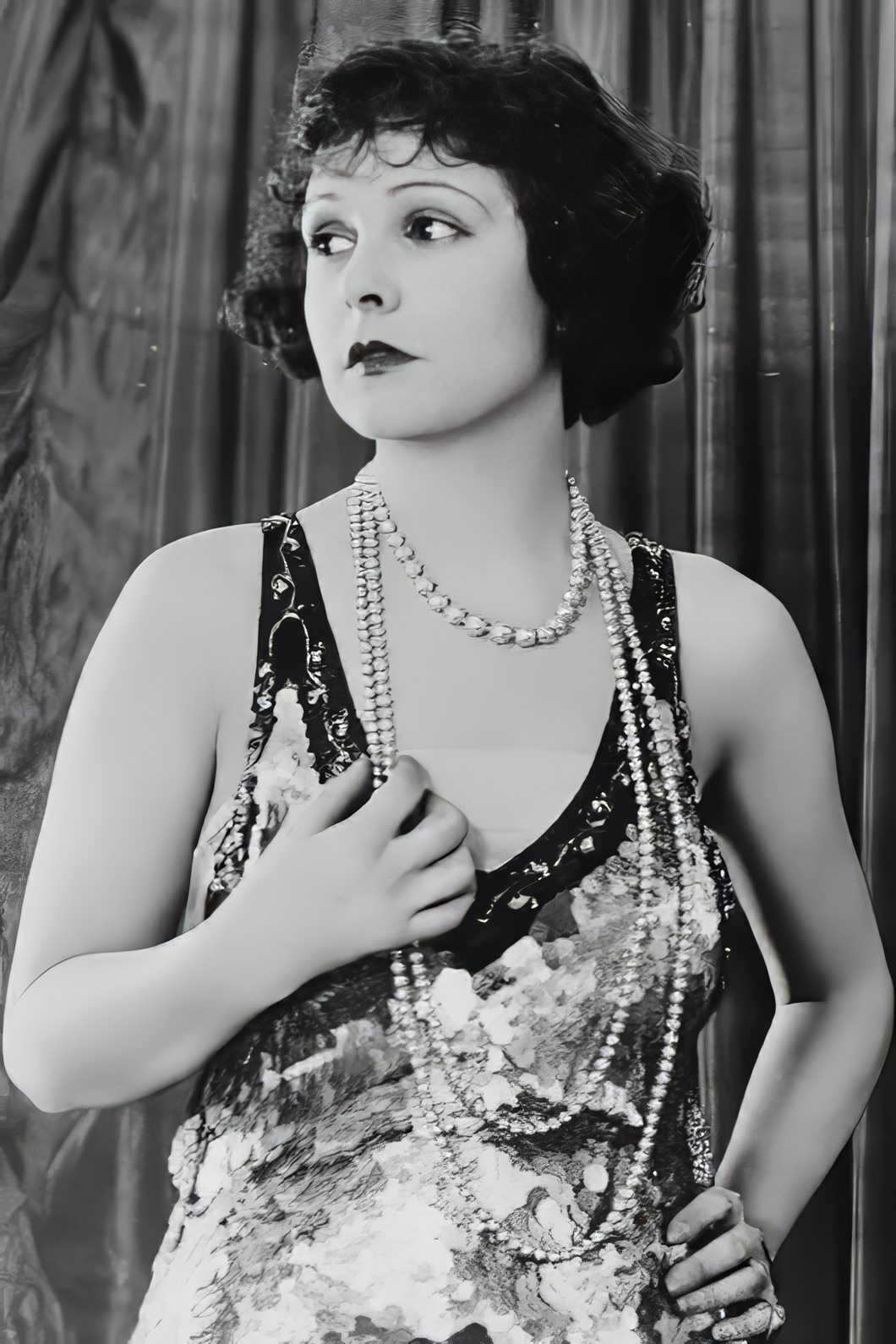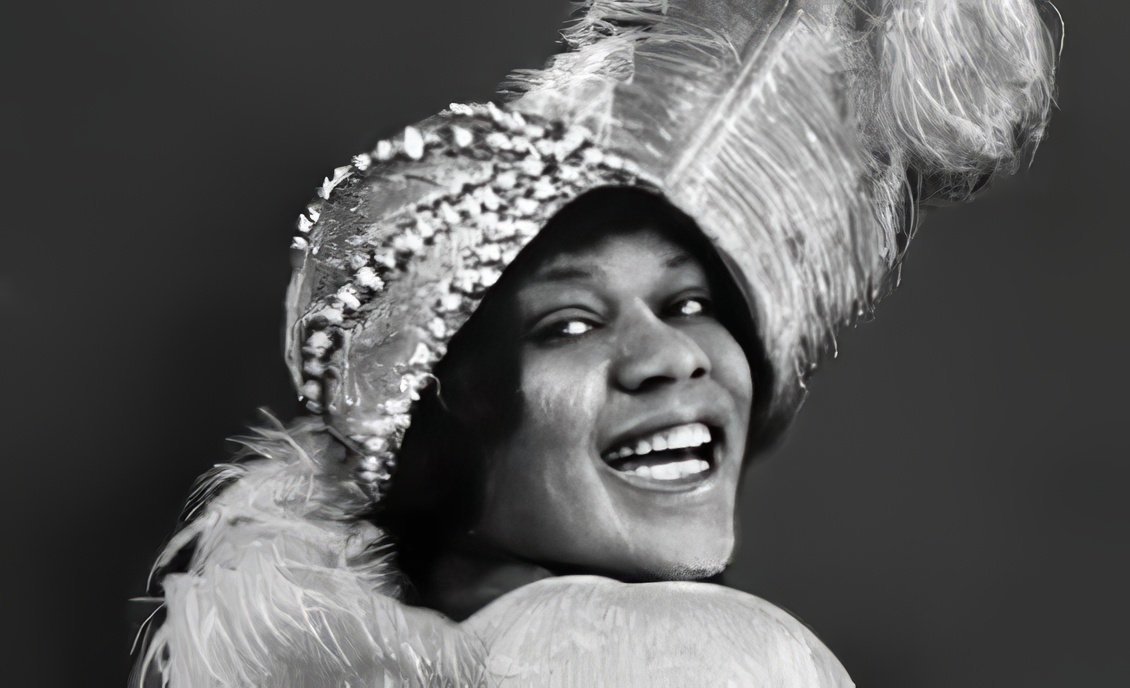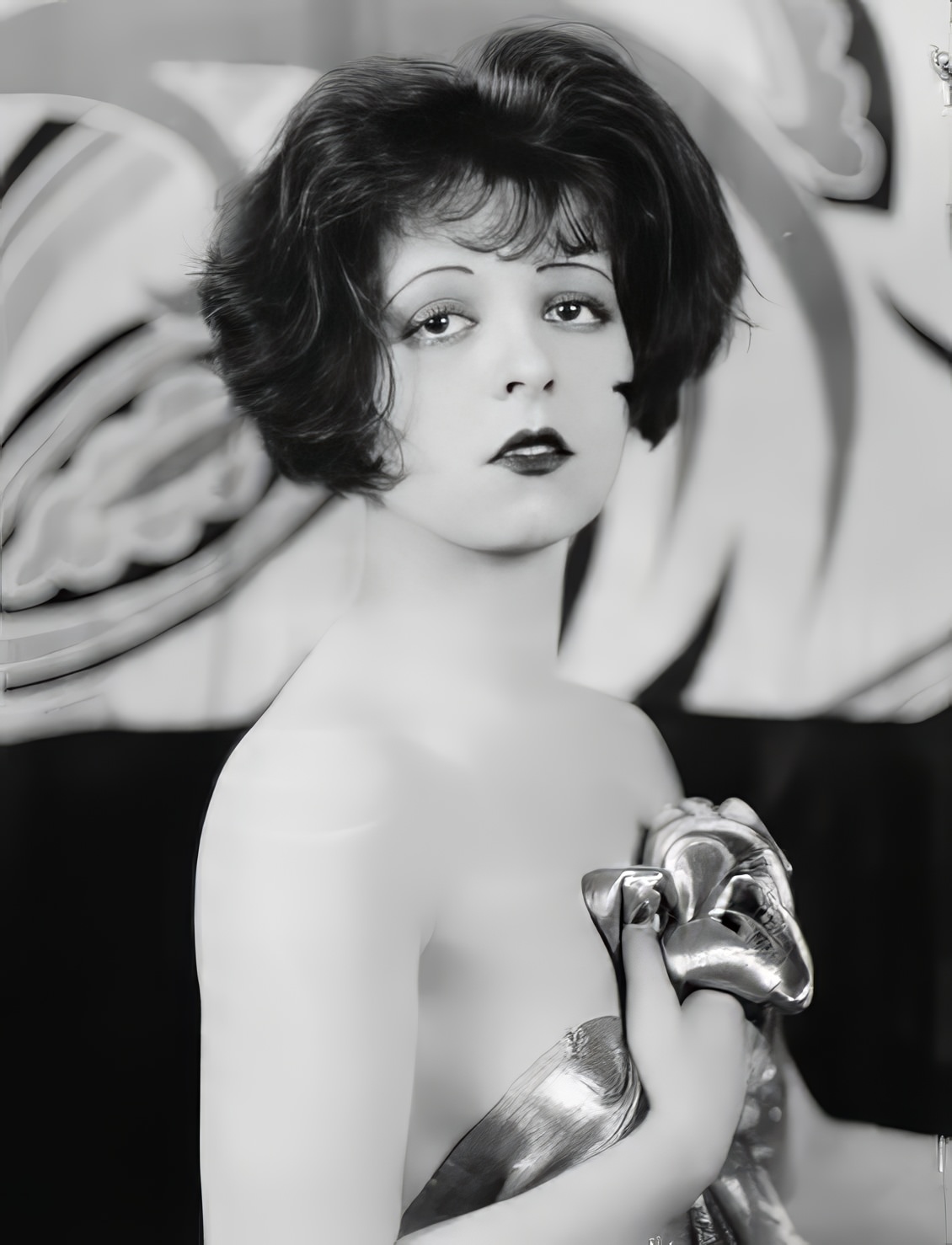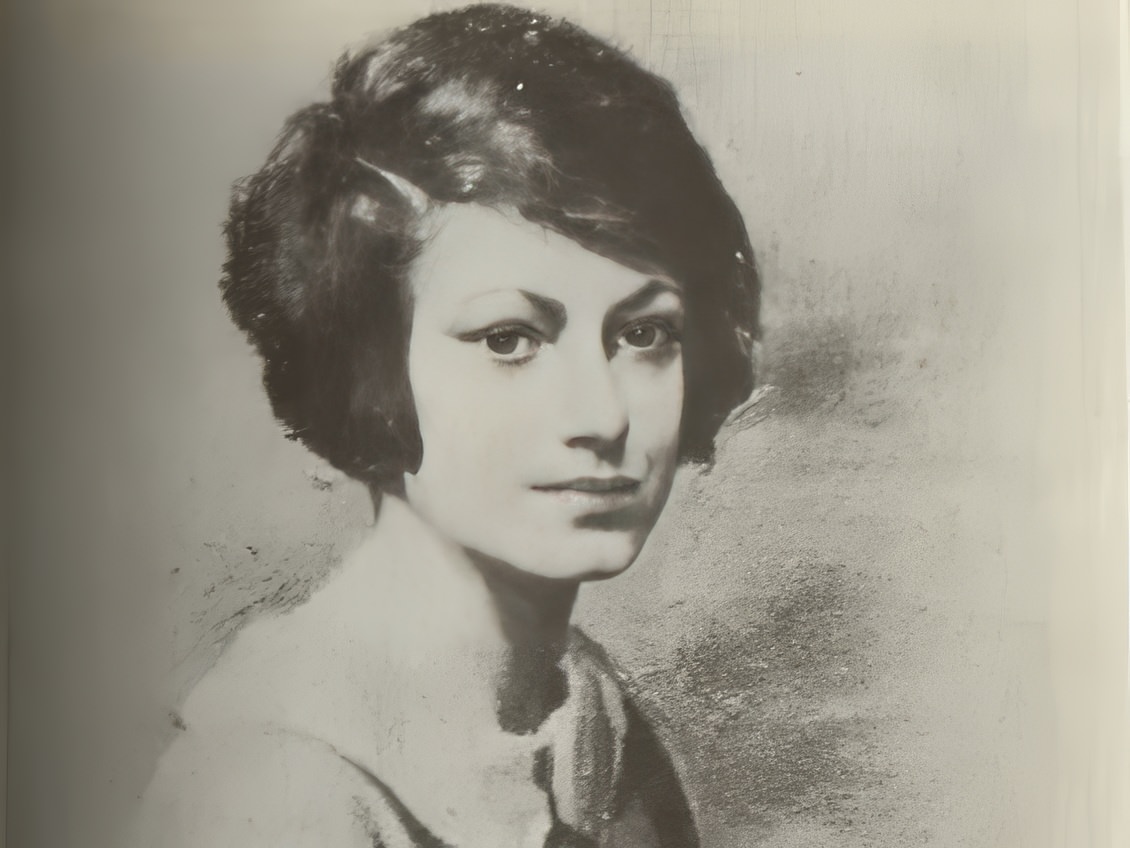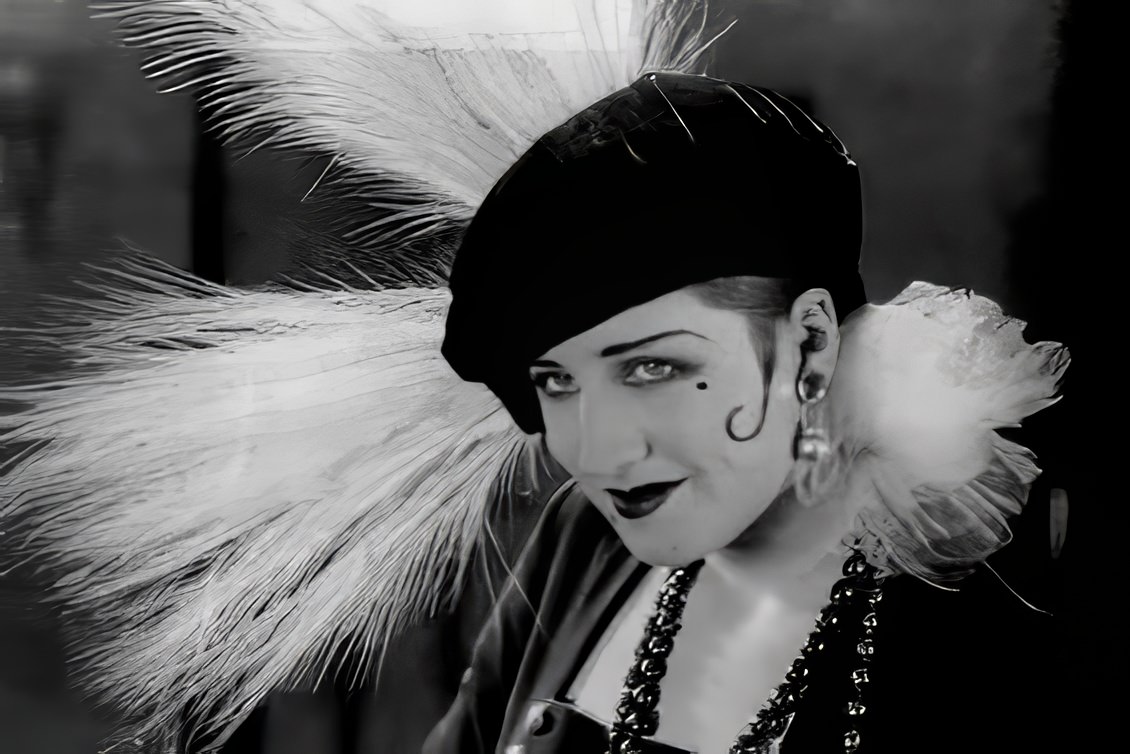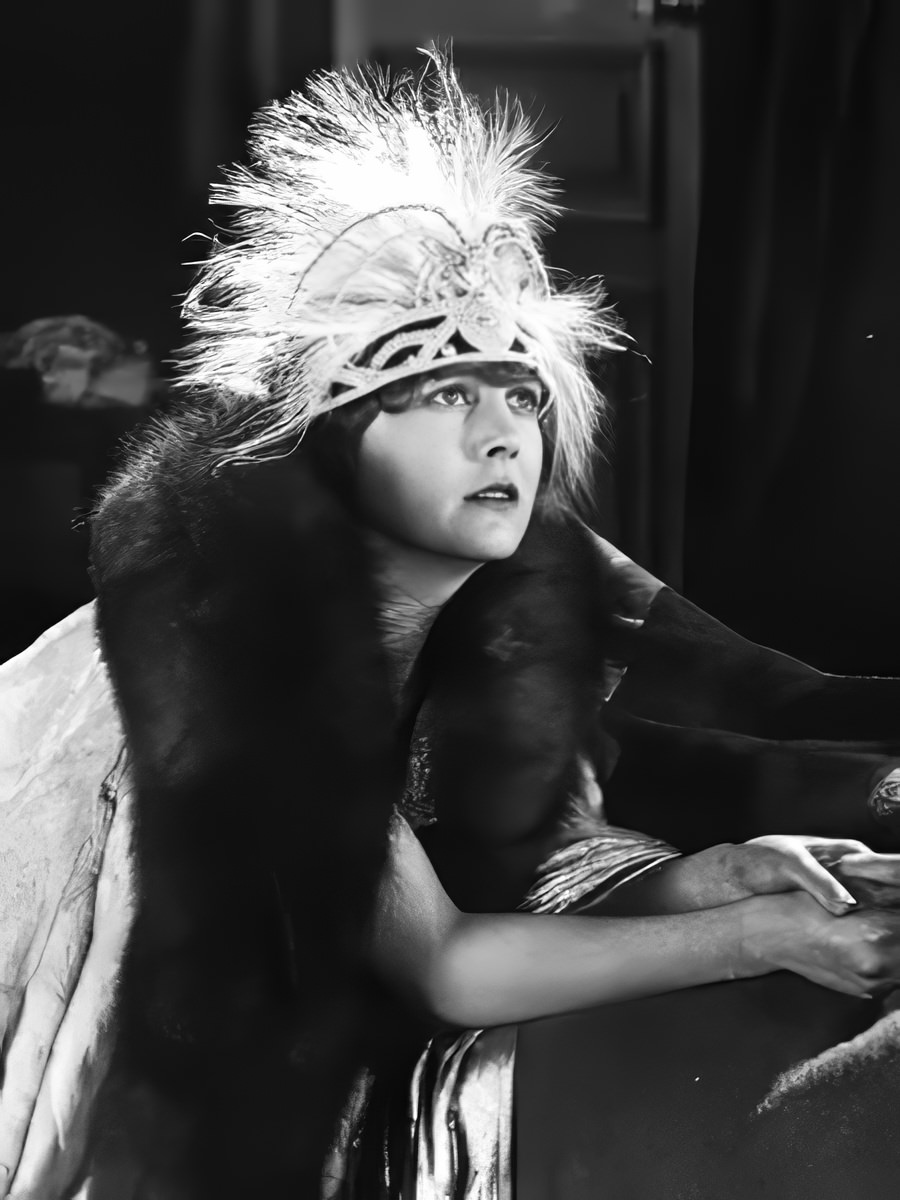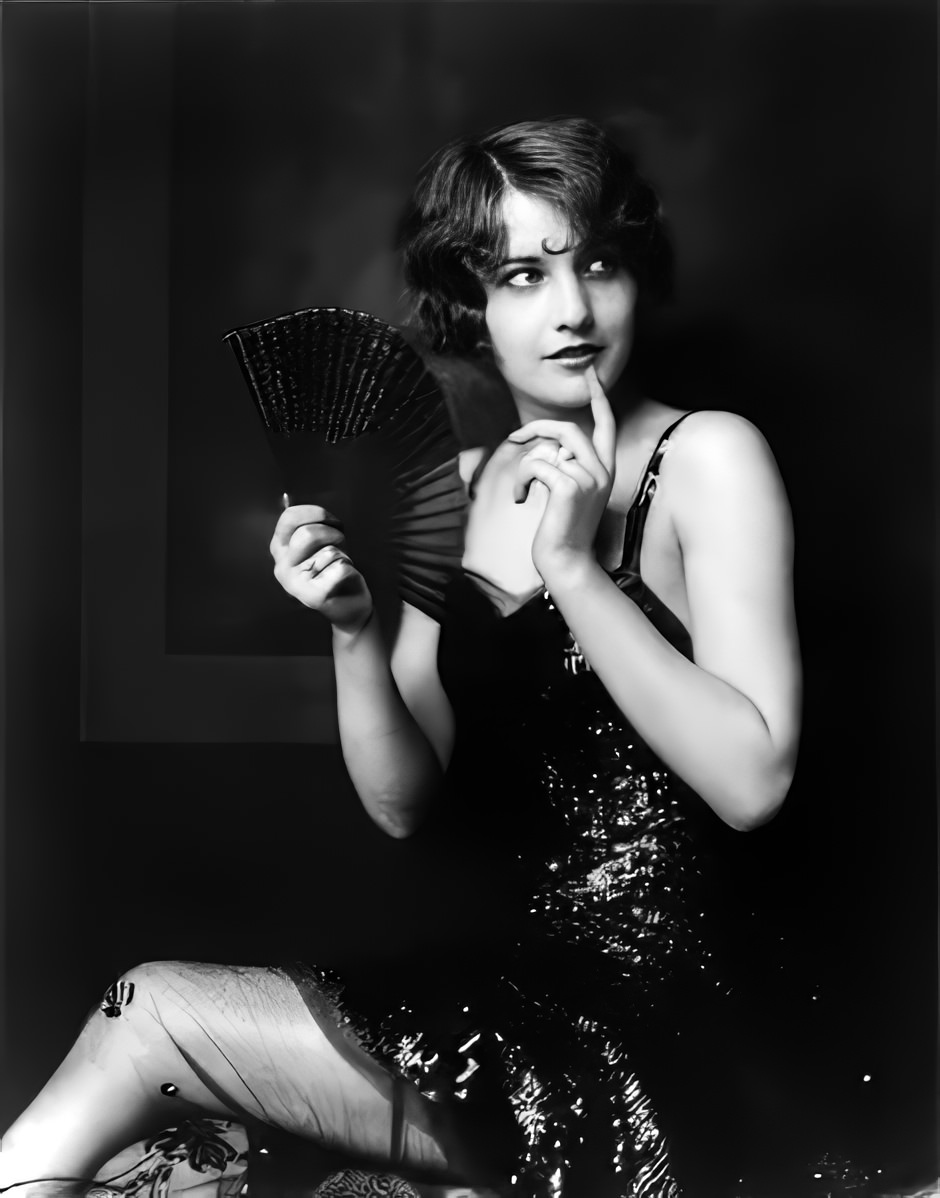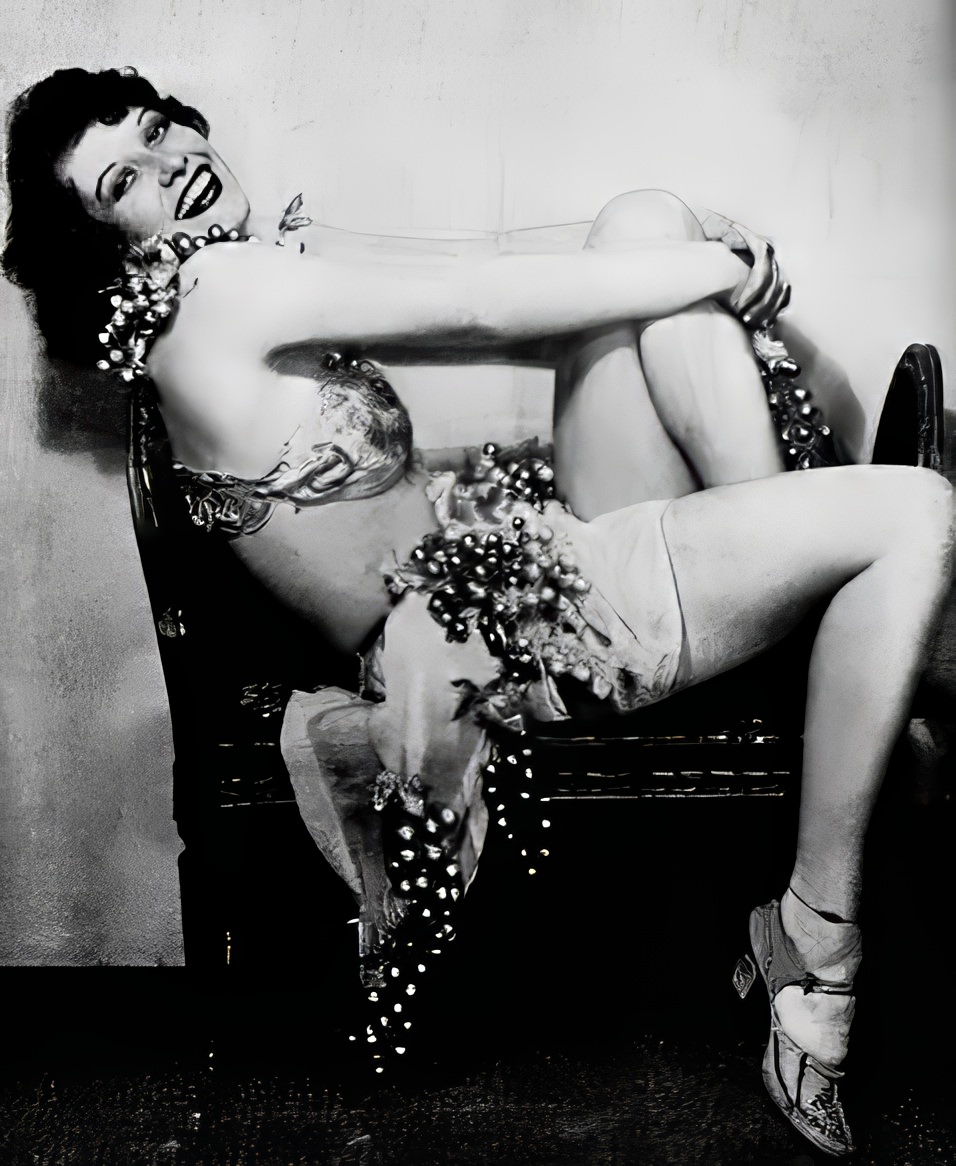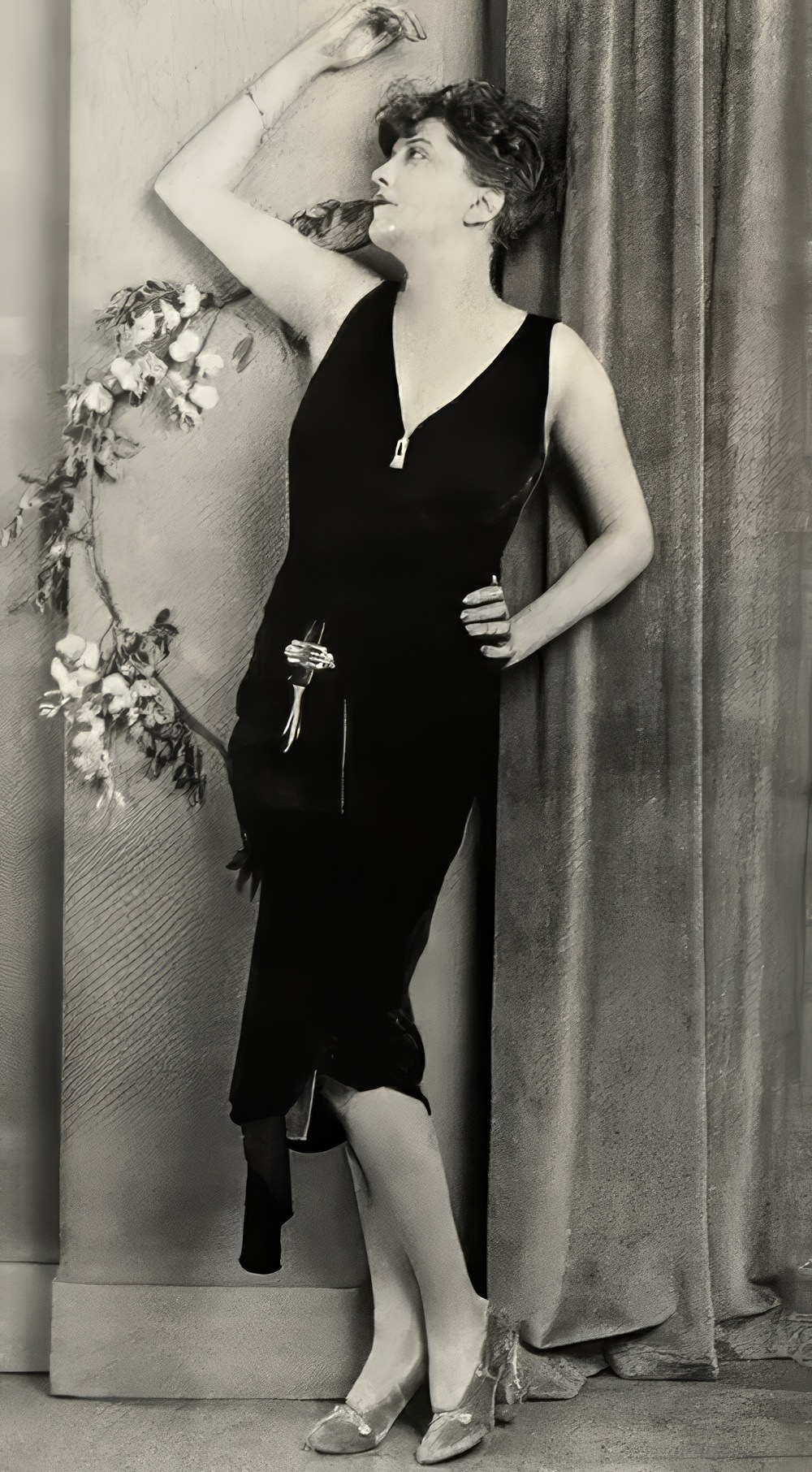The 1920s was a vibrant decade. It marked a time of change, especially for women in America. This period is often called the Roaring Twenties. A significant part of this era was the rise of flappers. These young women challenged traditional norms and embraced a new lifestyle.
What is a Flapper?
Flappers were young women who sought to live freely. They rejected the strict rules that had defined women’s lives in the past. Instead of following old-fashioned ideals, they wanted to express themselves. Flappers danced, socialized, and enjoyed life in ways that were new and exciting. They were symbols of a cultural shift in America.
Fashion and Style
Flapper fashion was bold and distinctive. It often included short dresses that fell just above the knee. This was a big change from the long dresses that women had worn before. Flappers loved to wear loose-fitting clothing that allowed them to move freely. Many dresses had dropped waists, giving them a unique silhouette.
Read more
Accessories played a significant role in flapper style. Flappers often wore long strands of pearls and shiny bangles. They liked to pair their outfits with cloche hats, which were fitted hats that hugged the head. The cloche was a fashionable choice that added a touch of sophistication. Flappers also favored knee-high stockings and stylish shoes, like Mary Janes.
Makeup was another important part of the flapper look. Women began to wear makeup more openly during this time. Bold lipstick colors, especially red, became very popular. Flappers used mascara and eyeliner to accentuate their eyes. This was a dramatic shift because makeup had previously been seen as improper for respectable women.
Flappers often wore their hair in a short bob. This hairstyle was daring and signified freedom from traditional roles. Some even chose to go for a more androgynous look, cutting their hair very short or styling it in waves. This change in hairstyle was symbolic of their desire to break away from the past.
Social Life and Activities
Flappers were known for their lively social lives. They frequented jazz clubs and dance halls, where they enjoyed the music of the time. Jazz was becoming increasingly popular, and flappers embraced its energetic rhythms. They danced the Charleston and the Shimmy, which were popular dance styles of the era.
Flappers also enjoyed going out with friends. They often attended parties, where they could drink alcohol, even though Prohibition was in place. This rebellious behavior showed their desire for independence. Many flappers also smoked cigarettes, a habit that was considered shocking for women at the time.
Flappers were not afraid to speak their minds. They often challenged societal expectations. Many flappers sought careers outside the home, pursuing jobs that were previously reserved for men. They wanted to be seen as individuals, not just as wives or mothers.
These women were also vocal about their rights. The 19th Amendment, passed in 1920, granted women the right to vote. This was a huge step forward. Flappers embraced this change and fought for more rights and opportunities in society.
#1 Gilda Gray was not the first to dance the shimmy, but she made it popular nationwide in the 1920s.
#2 Zelda Fitgerald was an author and the wife of F. Scott Fitzgerald.
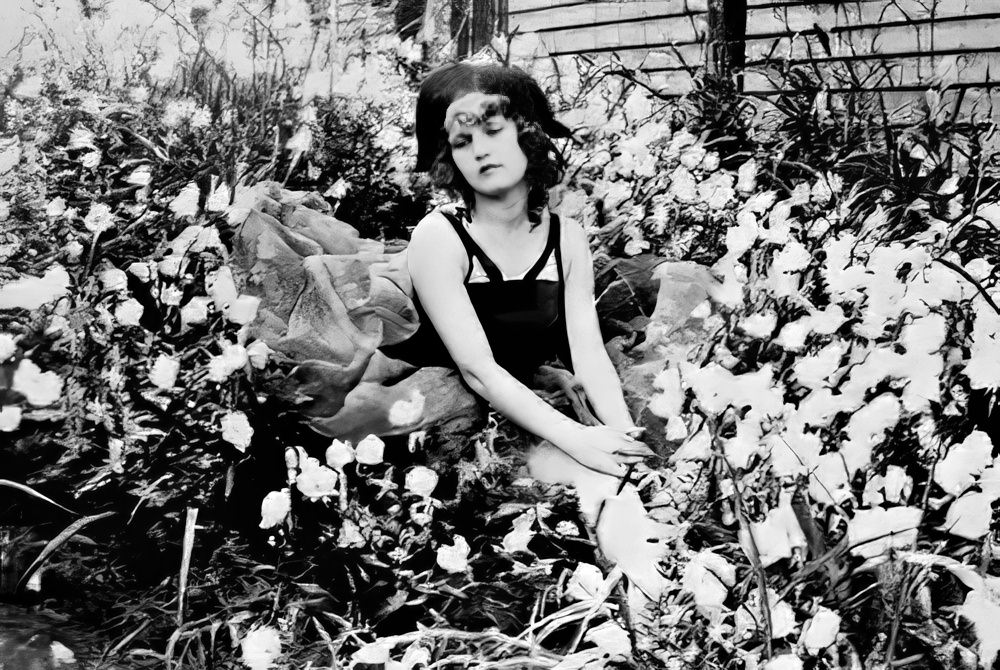
Her lifestyle made her a celebrity outside the literary world, and her husband called her “the first American Flapper.” The two were notorious for public partying, and their drunken antics were a staple of society headlines in the 1920s. From 1930 on, Zelda was in and out of mental hospitals for the rest of her life.
#3 Anita Page started her career in silent films and made an easy transition to “talkies” soon after.
#4 Dorothy Sebastian went from college to musical theater to Hollywood, where she appeared in films for about fifteen years beginning in 1925. She was married three times (once to Hopalong Cassidy), but was known for her long-term affair with Buster Keaton.
#5 Norma Talmadge was one of the biggest silent film stars ever. Between 1910 and 1930, she acted in 160 films and produced 25! Talmadge was also a smart businesswoman.
#6 Bessie Smith began singing in minstrel shows and cabarets in 1912.
#7 Clara Bow was called the “It” girl of the ’20s because she was so photogenic, every young lady wanted what she had -and she had “it.”
#8 Dorothy Parker wrote poetry, short stories, and essays, and was a founding member of the Algonquin Round Table, a group of fashionable writers and celebrities who met for lunch and drinks and whose lifestyles influenced the smart set from 1919 to 1929.
#9 Josephine Baker achieved some fame in New York as a singer, dancer, and comedienne, but when she went to Paris in 1925, she became an international superstar.
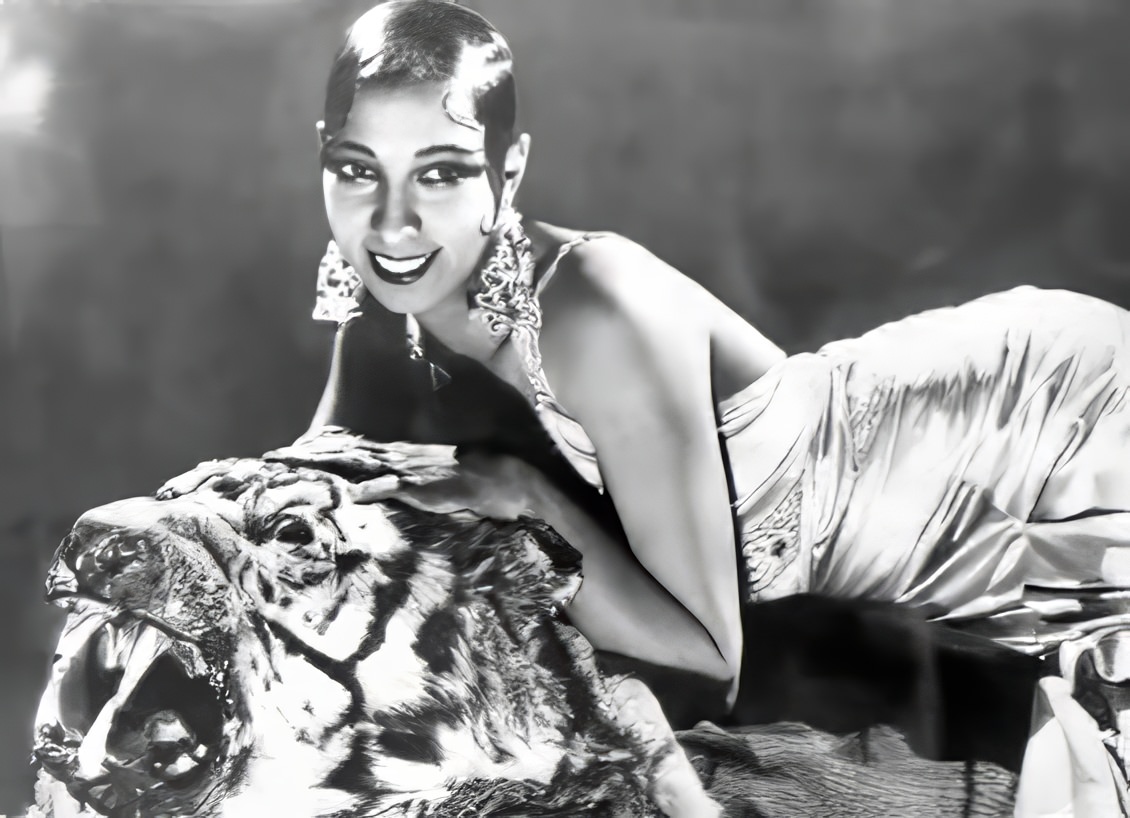
Baker’s performances ranged from striptease to opera, and were acclaimed from all sides. Baker became a French citizen in 1937. Her work with the French Resistance during World War II earned her the Croix de Guerre. Baker was also active in the Civil Rights movement in America. However, during the 1920s, she was just the most exotic, sexy, and talented woman in Europe.
#10 Norma Shearer appeared uncredited in the 1920 film The Flapper when she was 18 years old.
#11 Edna Purviance was best known as Charlie Chaplin’s leading lady.
#12 Marie Prevost was an actress who spanned the transition from silent films to talkies with ease.
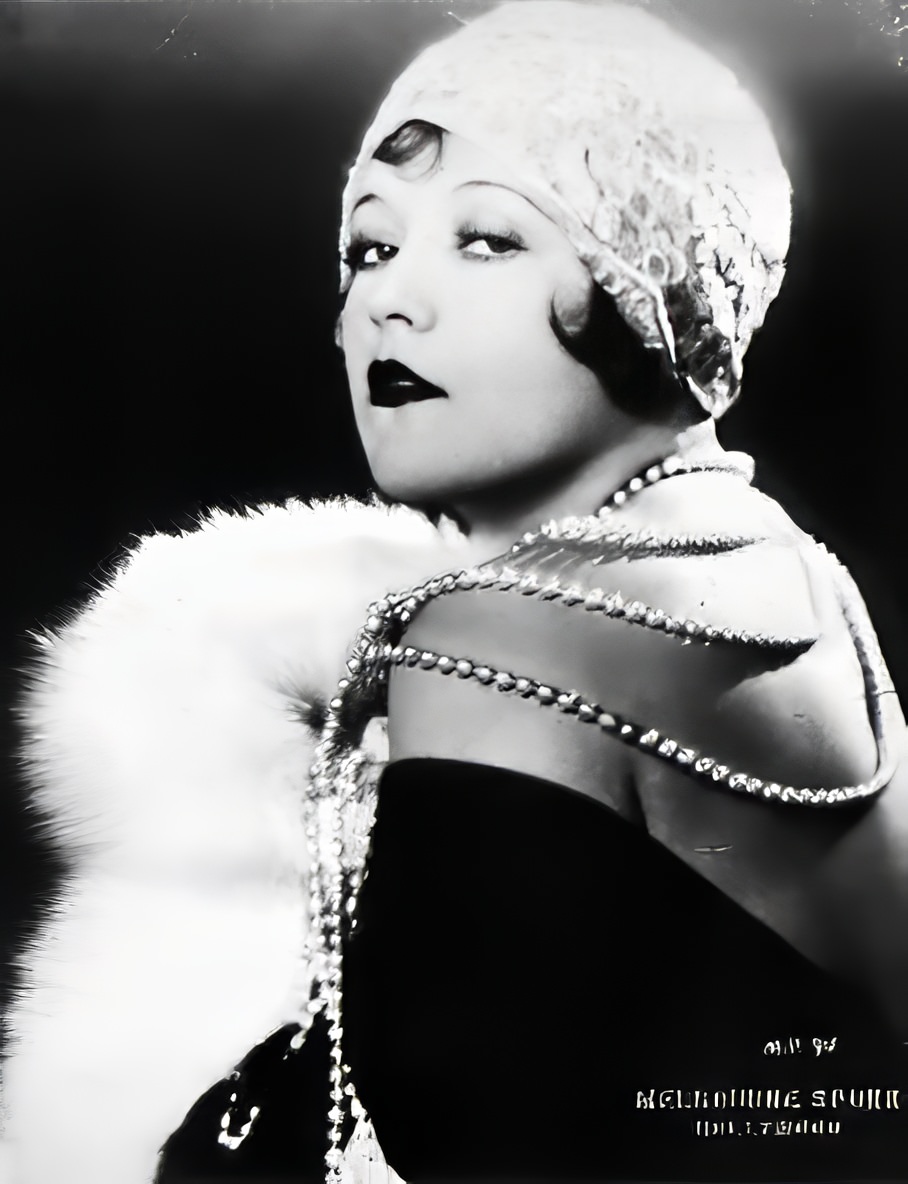
She appeared in 121 films between 1915 and 1936, including a half-dozen or so in which she portrayed a flapper. After her mother died in an auto accident in 1926, Prevost began drinking heavily and gained weight, and her career suffered. She went into a cycle of crash dieting and bingeing. In 1937, Prevost was found in her apartment, dead from heart failure due to malnutrition and alcoholism. She had died a couple of days before, and was only found because the neighbors complained of her dog barking.
#13 Barbara Stanwyck made movies for 37 years, but is best remembered today for her TV series The Big Valley in the 1960s and Dynasty II: The Colbys in the 1980s.
#14 Joan Crawford had a half-century career in film, and many film lovers only recognize her in later roles.
#15 Anita Loos
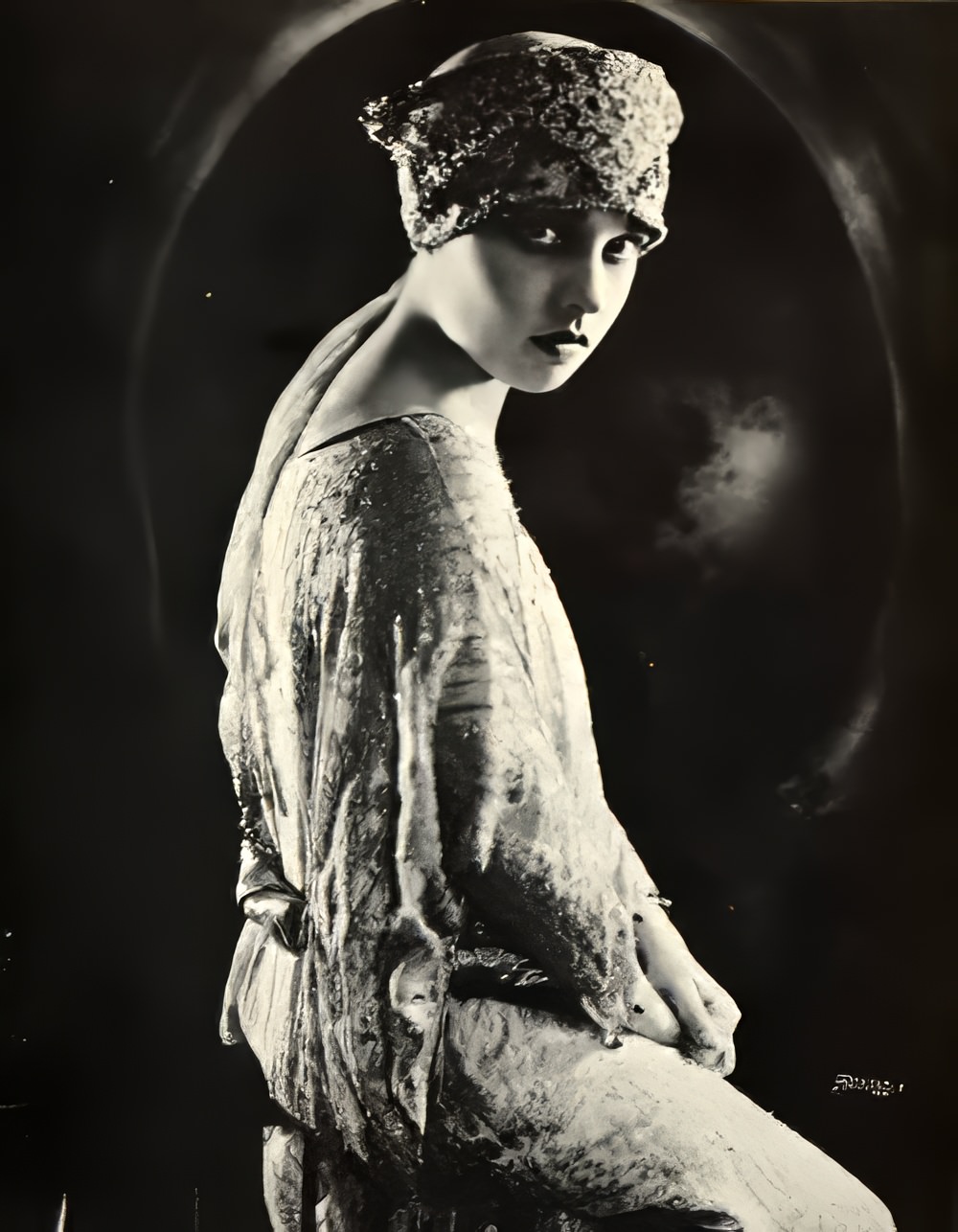
She was an author, screenwriter, and playwright, best known for writing Gentlemen Prefer Blondes, first as a magazine series, then a 1925 book, a 1928 film, a 1949 Broadway musical, and the 1953 film musical starring Marilyn Monroe. The story was inspired by Loos’ observations of Jazz Age love and temptation, and featured a flapper as the protagonist.
#16 Coco Chanel had a brief career on stage in the early 20th century.
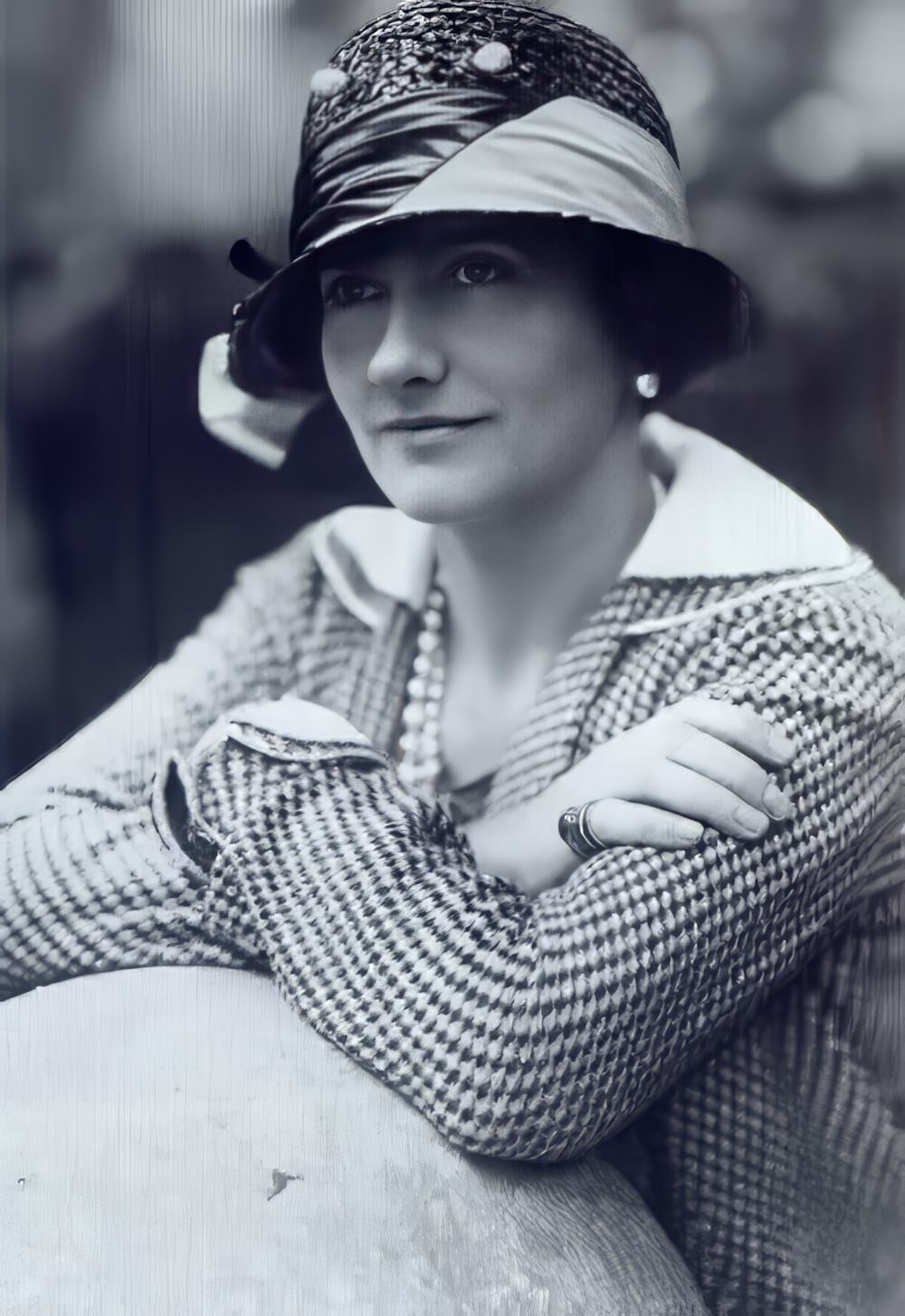
But she will always be known for her fashion designs and the line of clothing and perfume that carries her name. By 1920, the French designer had introduced her “chemise,” the simple, short, and loose dress that allowed flappers the freedom of movement to dance the night away.
#17 Colleen Moore was probably the earliest film actress to be typecast as a flapper.
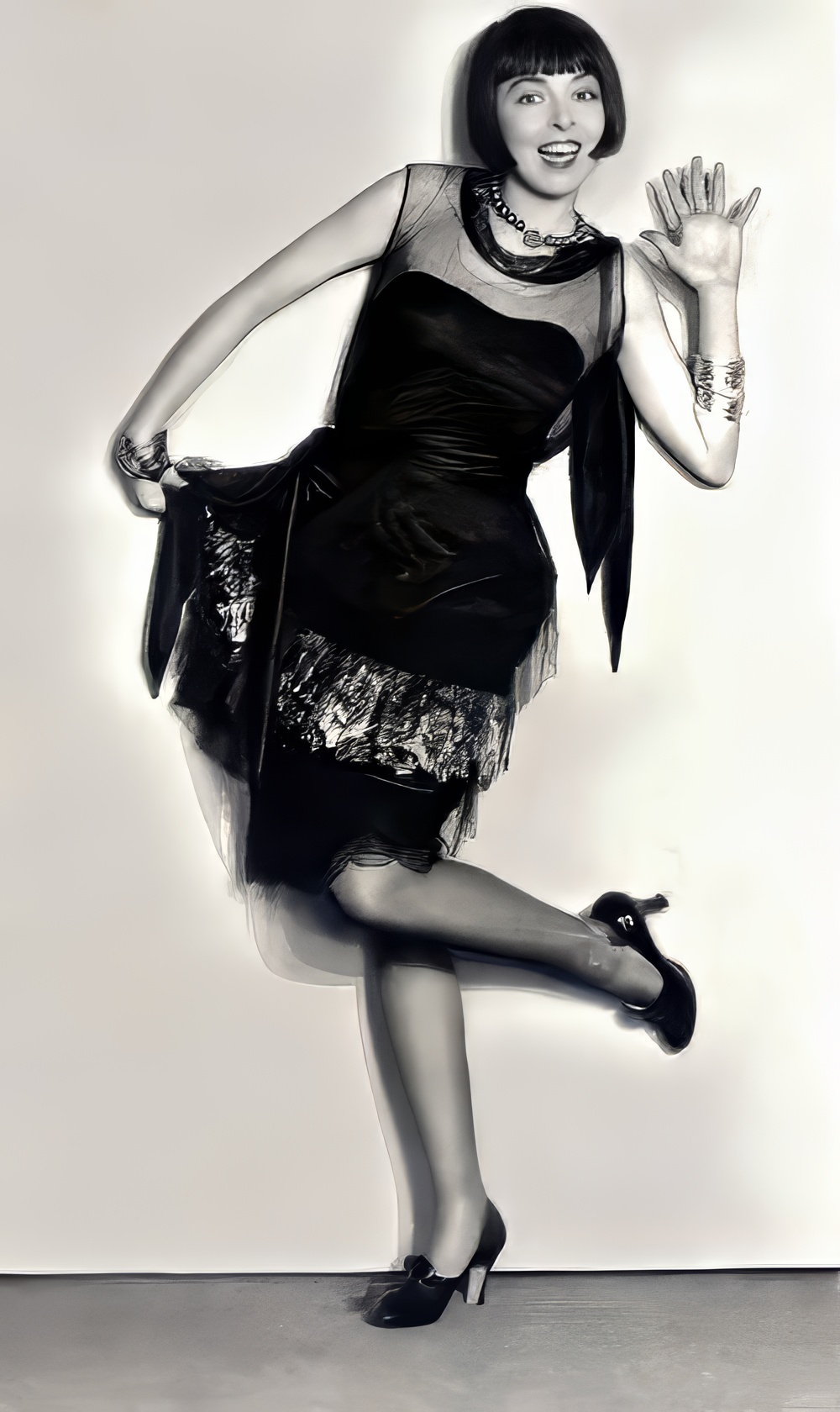
She made thirty movies between 1917 and 1924. Moore was a valuable silent film actress with comedic moves and expression. Her “look” was an example to Jazz Age girls, with her short hair, skinny frame, and devil-may-care attitude. Moore later became known for the fantasy dollhouse she created.


